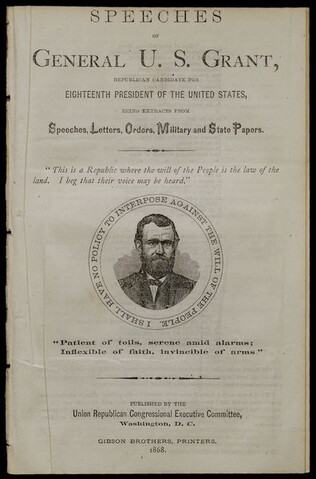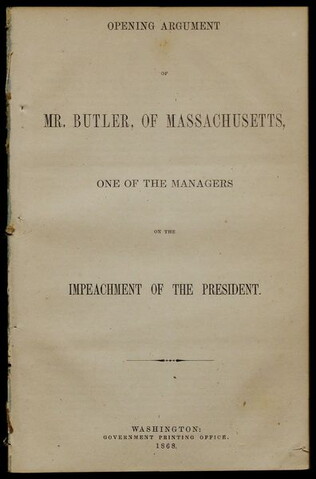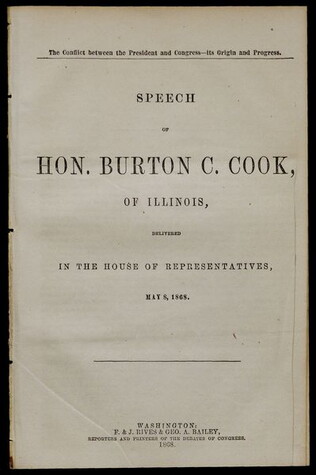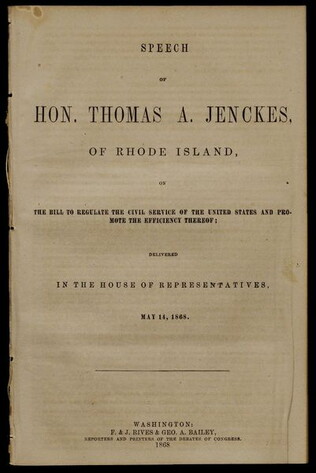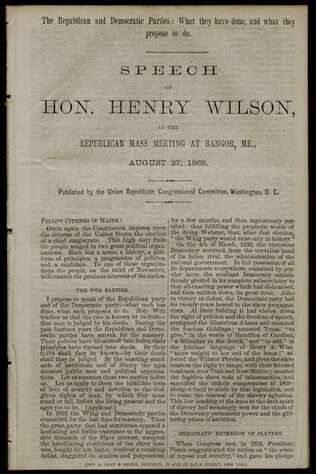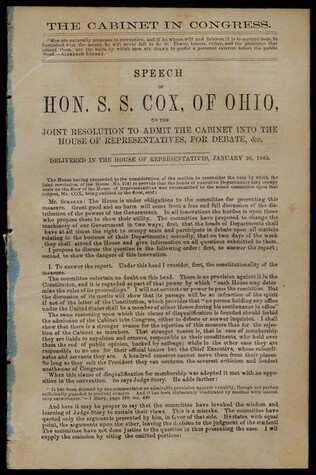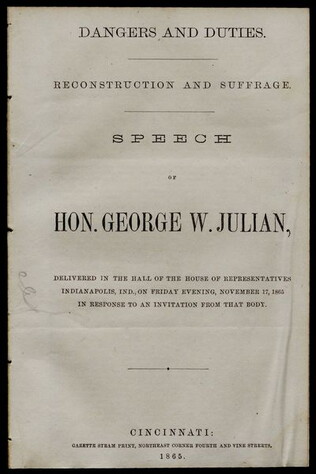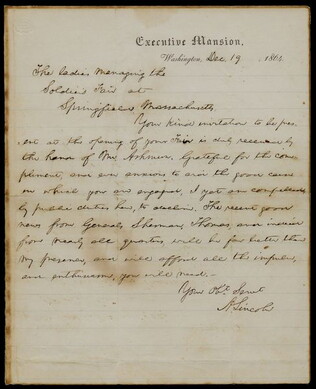1868
Grant, Ulysses S. (Ulysses Simpson) (1822-1885)
Speeches of General U.S. Grant, Republican candidate for the 18th president of the United States, being extracts from speeches, letters, orders, military and state papers
Speeches by Grant pertain to a variety of subjects such as :The extracts chosen vary in subject. Some of the topics included are acceptance of the Republican nomination, feelings toward enslaved people being aided by the military, Black troops...
GLC01265.29
